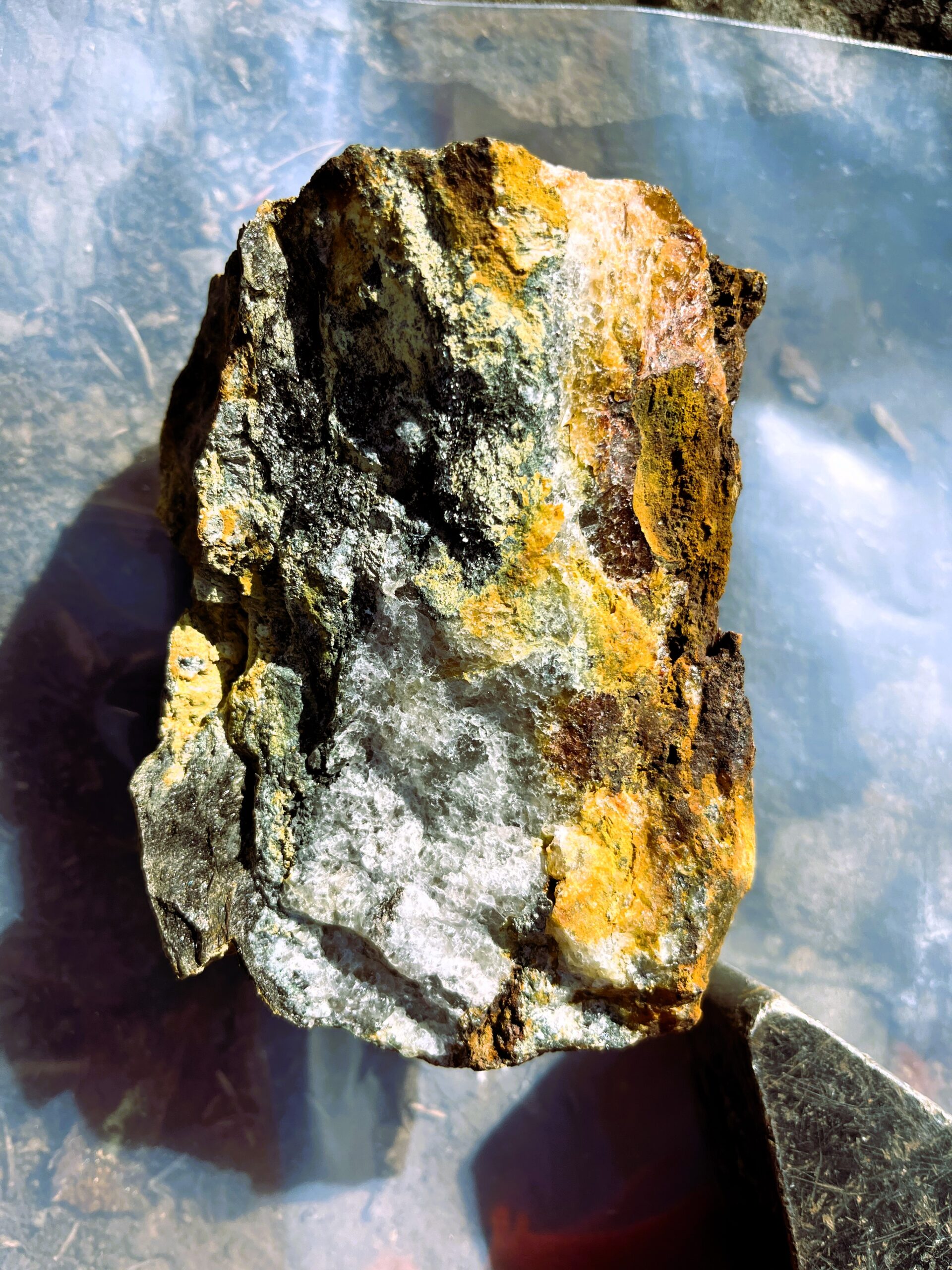Oxidized gold ore deposits represent one of the most promising and economically viable sources of gold extraction in the modern mining industry. These deposits, formed through the natural weathering of primary sulfide ore bodies, typically lie closer to the earth’s surface, making them more accessible and cost-effective to mine. As sulfide minerals in the ore are exposed to oxygen and water over time, chemical reactions break down the rock and liberate gold, often concentrating it in forms that are more easily recoverable through relatively simple processing techniques such as heap leaching and cyanidation. This natural oxidation process not only improves the availability of gold within the deposit but also eliminates many of the complexities associated with refractory gold ores, which require more expensive and energy-intensive processing methods. The economic rewards of mining high-quality oxidized gold ore are considerable. Because these ores often contain free-milling gold gold particles that are not chemically bound to other minerals they allow for higher recovery rates and lower operational costs. Mining companies often favor these deposits because the capital investment required to build processing plants is significantly lower than that needed for more complex metallurgical processes.

Additionally, the permitting and environmental footprint of oxidized ore operations tend to be less burdensome, which can accelerate project development and shorten time to profitability. This has made oxidized deposits particularly attractive to junior mining companies and exploration ventures aiming to generate returns quickly and with minimal upfront expenditure. Furthermore, the geology of oxidized gold ore deposits often reveals valuable clues about the broader mineral system. Their presence can indicate proximity to deeper sulfide-rich zones, which may host even larger, long-term gold reserves. As a result, oxidized ore zones often serve as pathfinders for future exploration. Mining operations that begin with surface oxide ores frequently expand into deeper, more complex ore bodies, thus extending the life of the mine and increasing its overall yield. In many cases, this staged approach allows operators to use profits from the early-stage, low-cost oxide production to fund the development of more technically challenging sulfide processing infrastructure.
Aside from their monetary value, oxidized gold deposits also contribute to regional economic development. JXSC support local employment, infrastructure improvements, and community investment, especially in remote or underdeveloped areas where mining may be one of the few viable economic activities. Moreover, modern sustainable mining practices are increasingly being applied to oxidized ore operations, including efficient water use, land rehabilitation, and reduced chemical input, aligning financial gain with environmental stewardship. In summary, quality oxidized gold ore deposits offer a potent combination of accessibility, profitability, and exploration potential. Their unique geological characteristics and relative ease of processing make them an ideal starting point for gold mining operations. As global demand for gold continues to rise driven by its use in technology, investment, and jewelry the strategic development of oxidized ore resources remains a key avenue for meeting that demand while delivering strong economic returns.
